This project started with a needfinding process in collaboration with the officials of the municipality of El Quisco. A series of participatory sessions and workshops were held to understand how this users would interact with the carrying capacity model, in order to define de UX of the future platform and the general aim of the project.

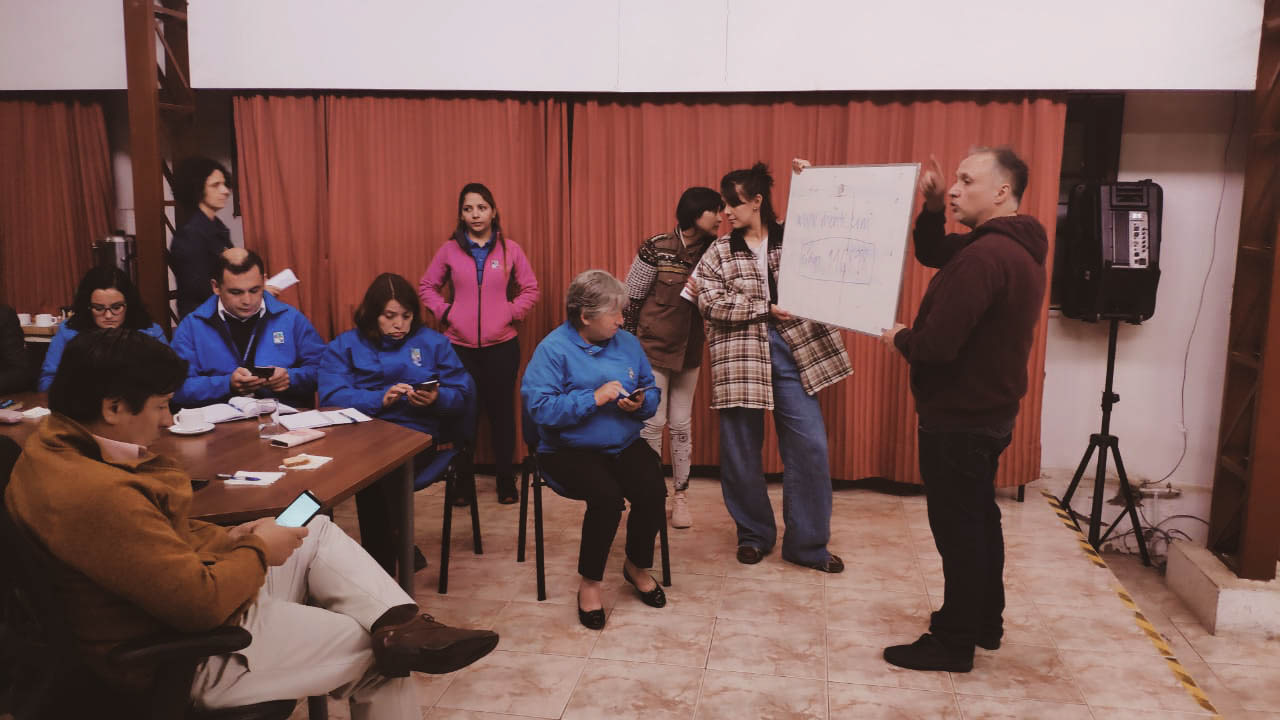
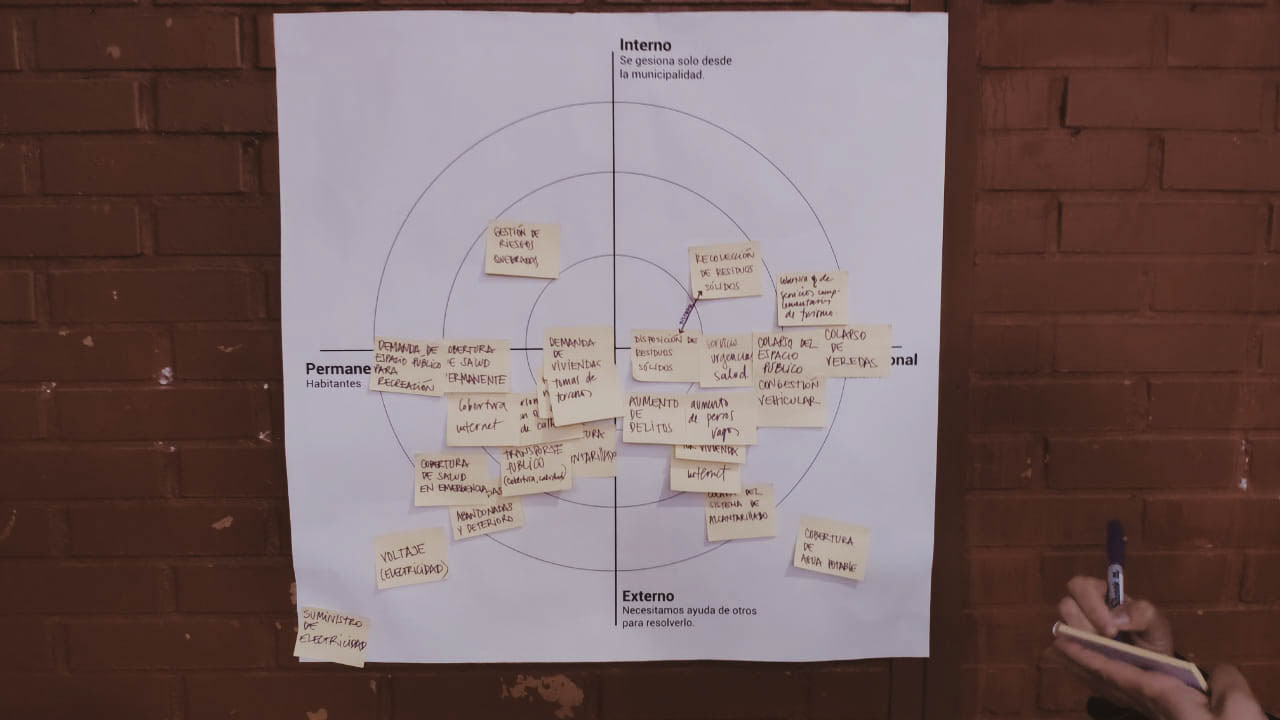

After this first series of participatory sessions it was clear that the main problems within the municipality were all connected to a lack of coordination between different units, and the need for a common source of information that validates transversal desition making for integrated planning.
Regional government and municipal ecosystem with an analysis of its problems, risks and opportunities.
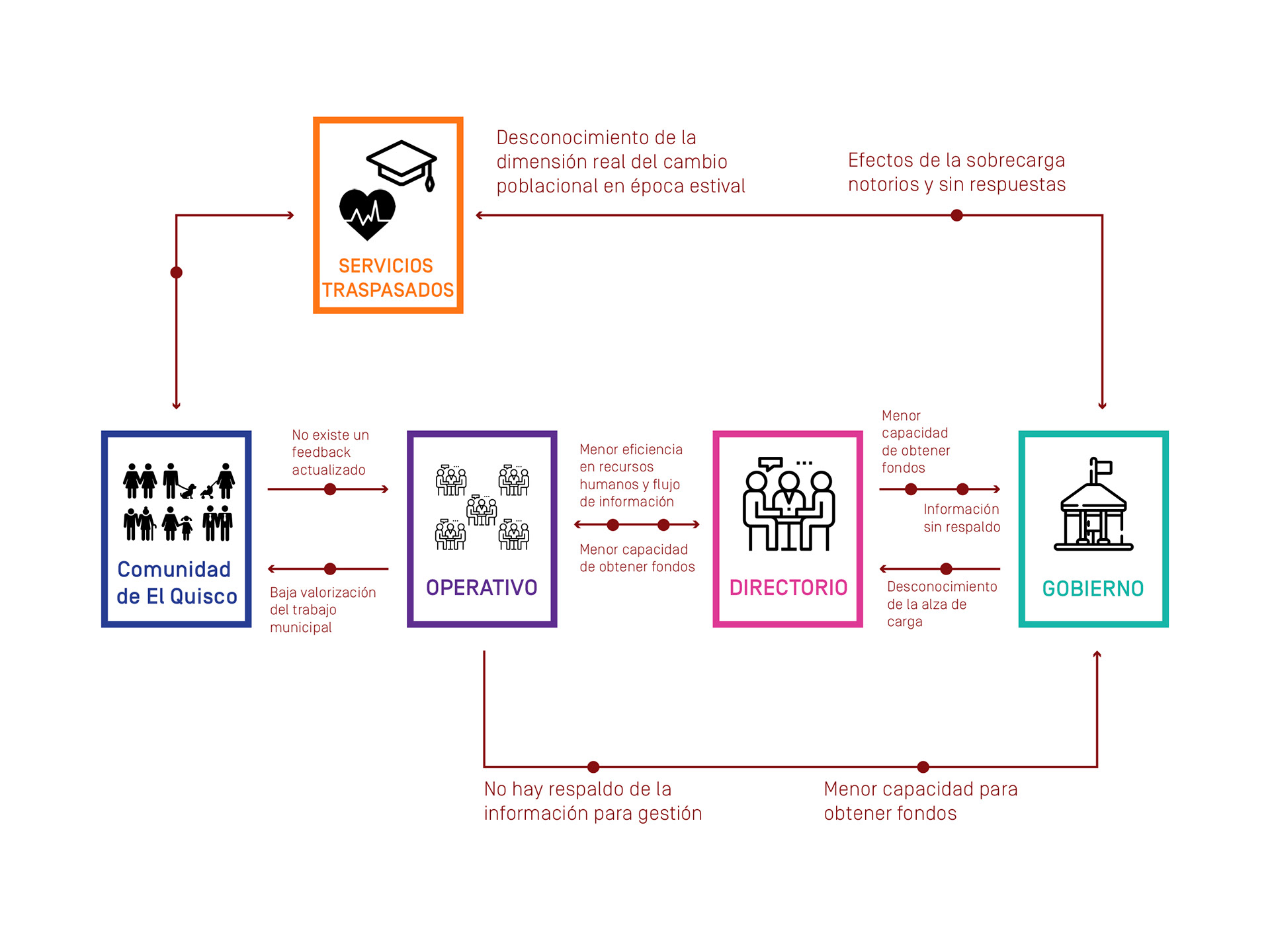
Identification of problems in workflow

Proposal of a new workflow involving CAPCA
After this conceptual definition of the project, the design process for the software began. The design team, led by me started to map the experience and functionalities that users needed into wireframes to materialize ideas.
The first set of wireframes can be seen at the right.
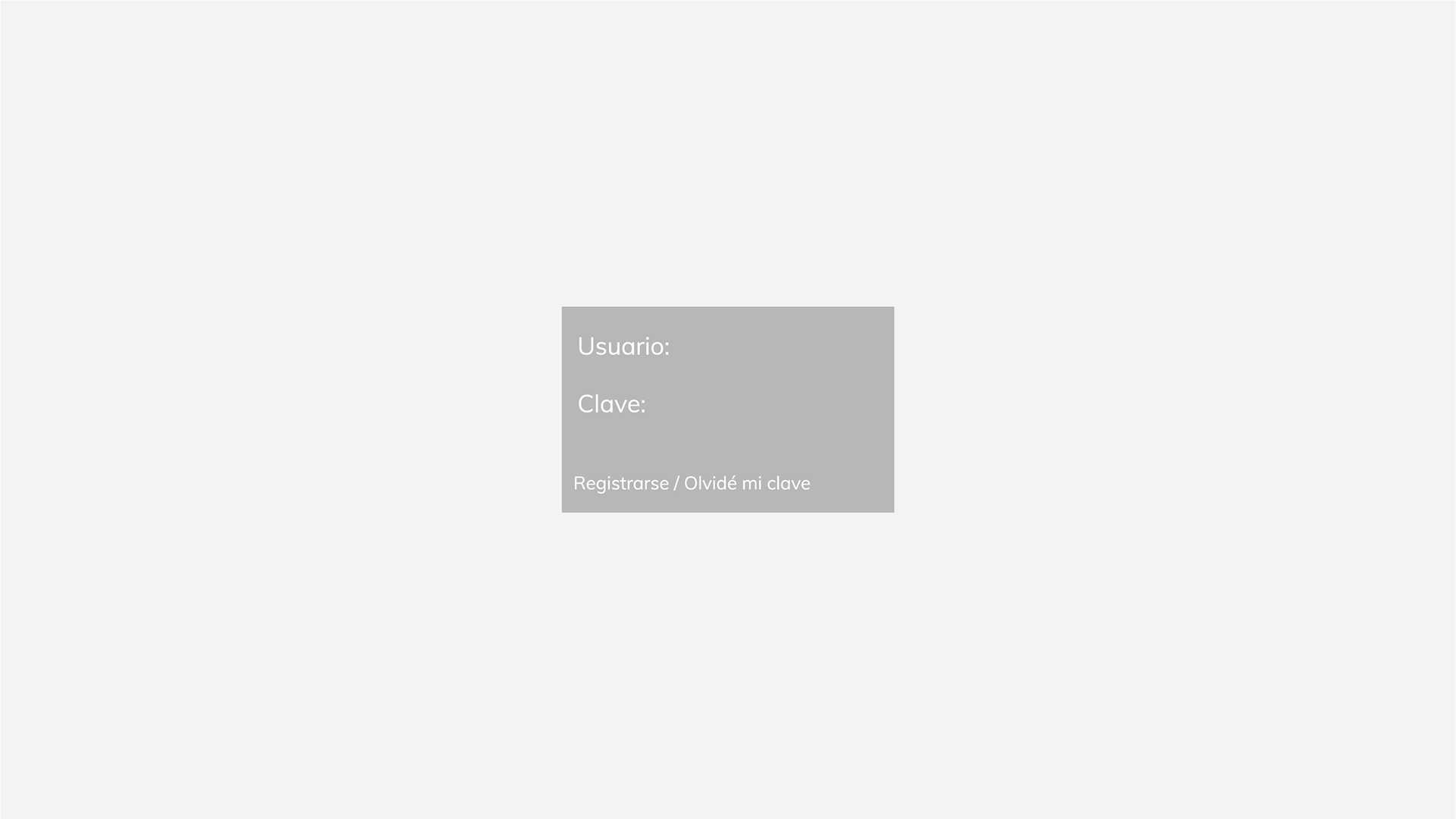
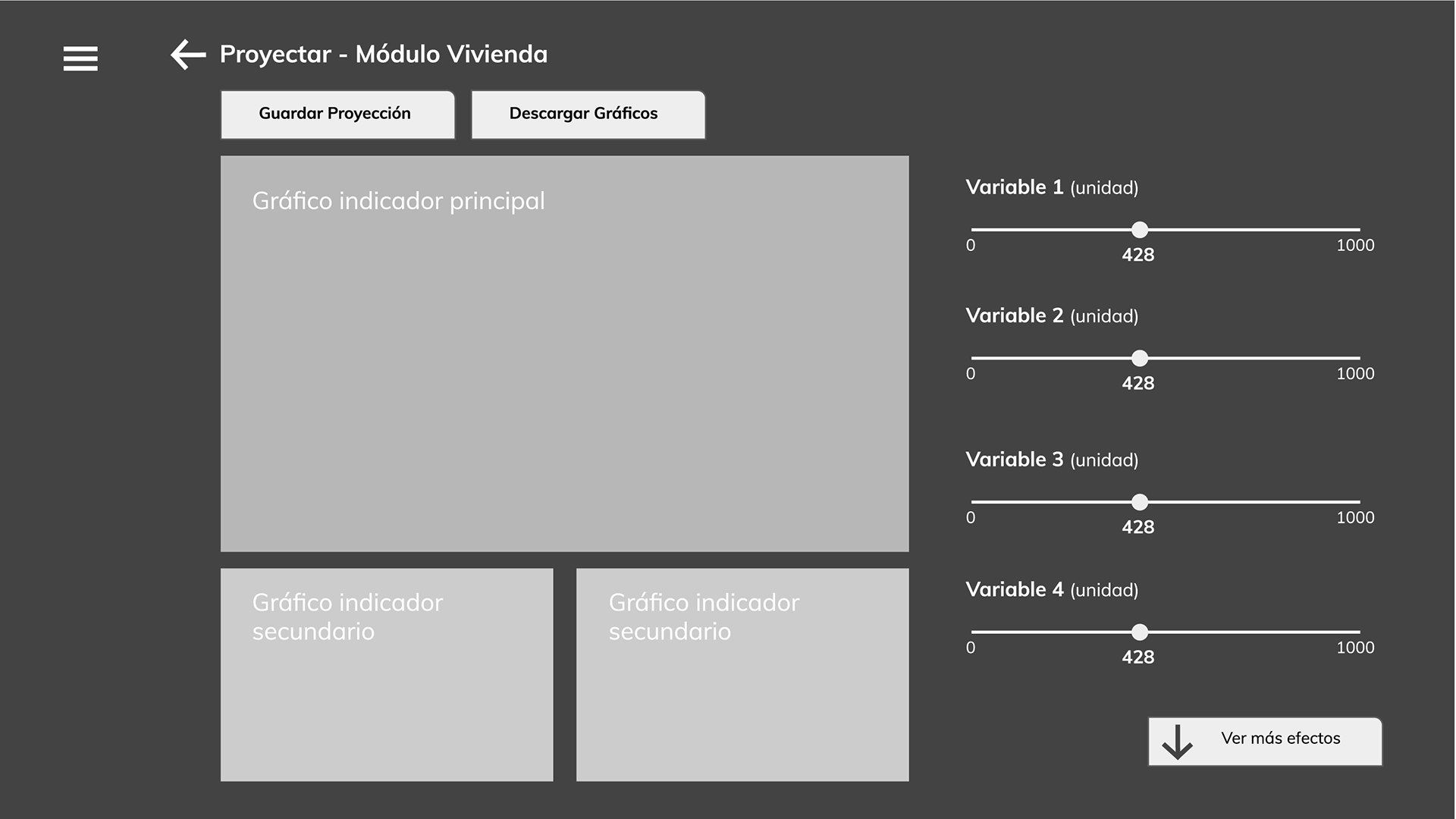

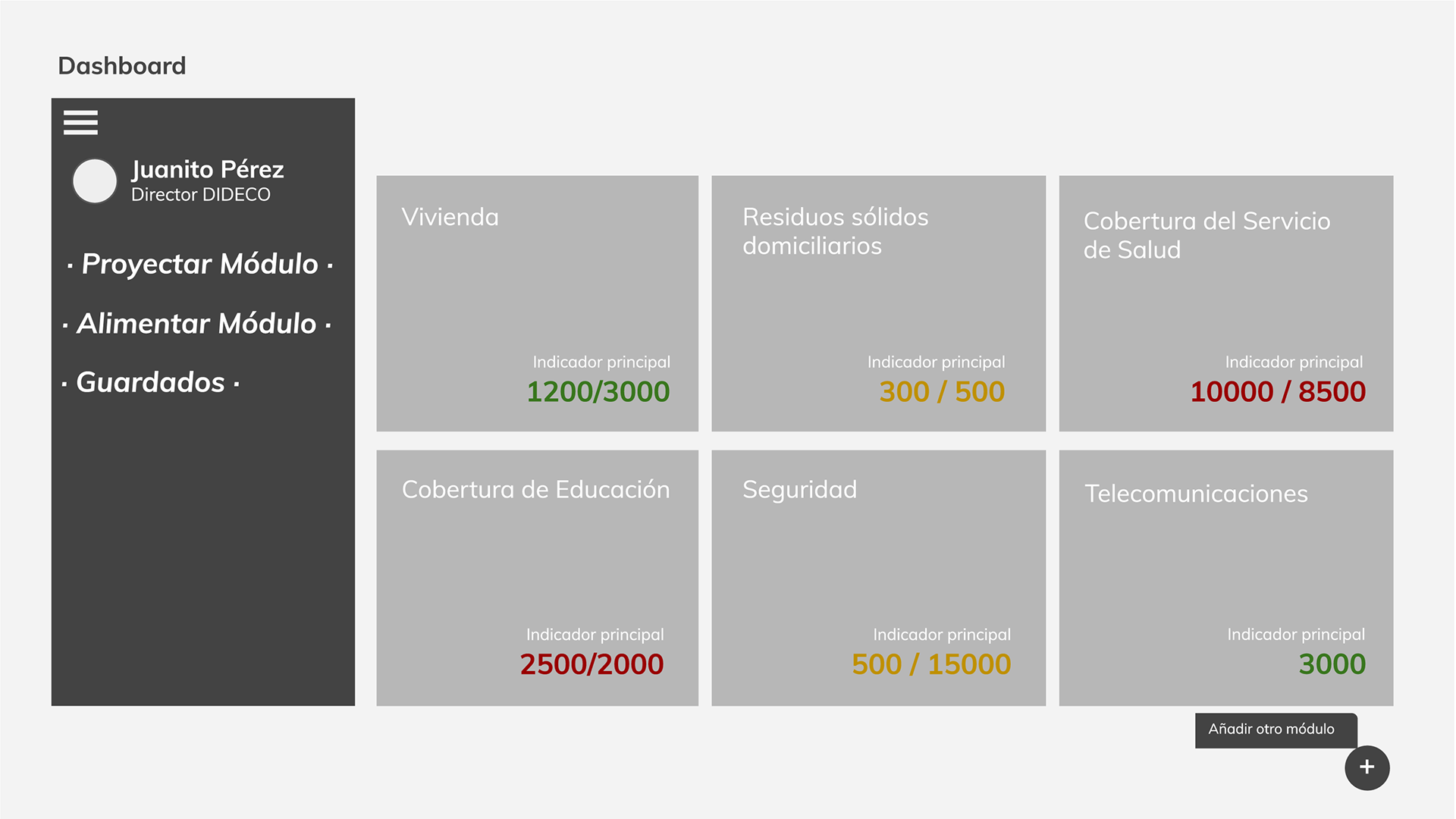
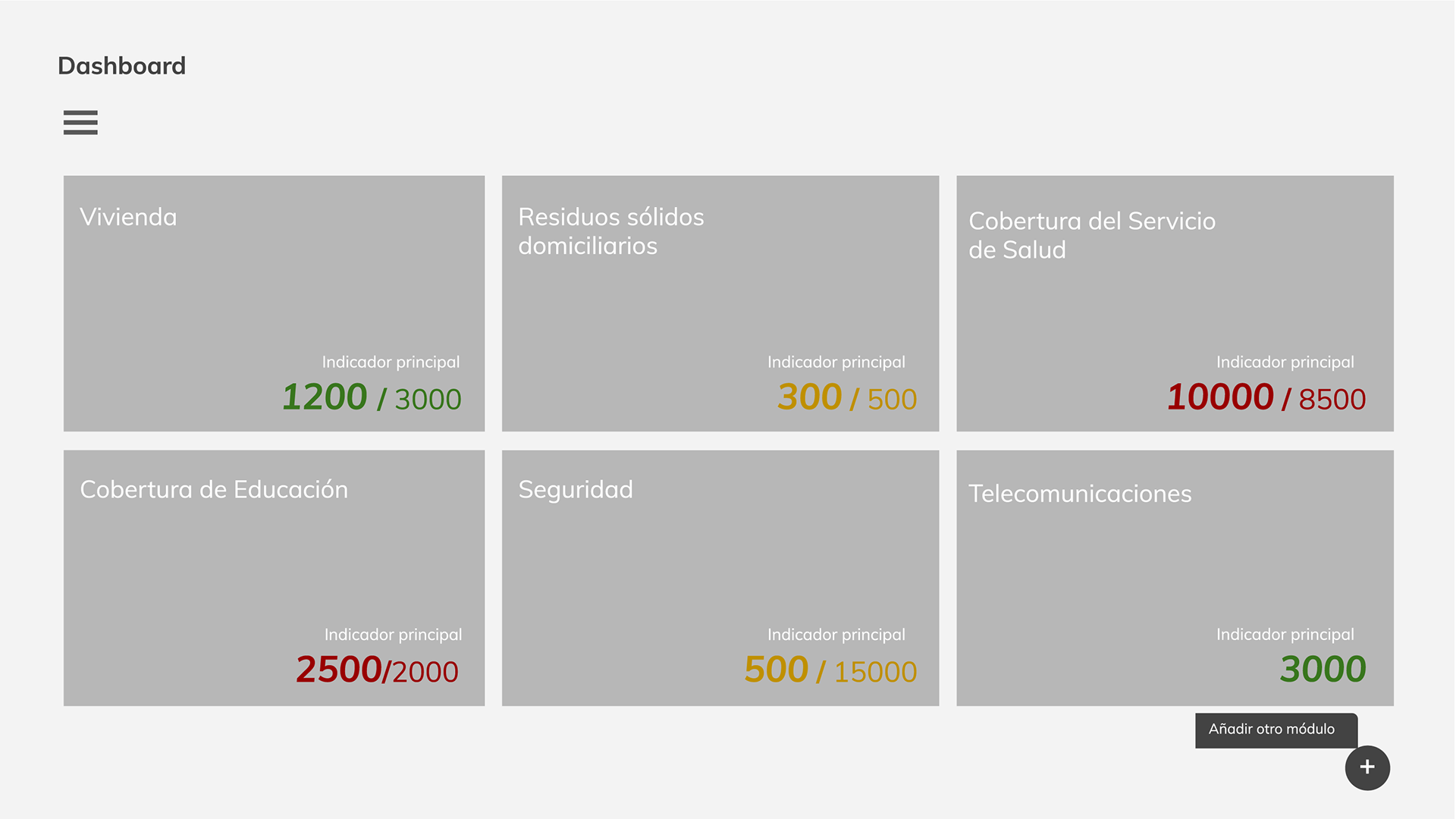
After receiving feedback on the proposal, a second set of wireframes was created, this time with the capability of interacting. All of the functionalities were tested with municipality workers and created co-creation sessions for the future of the software.
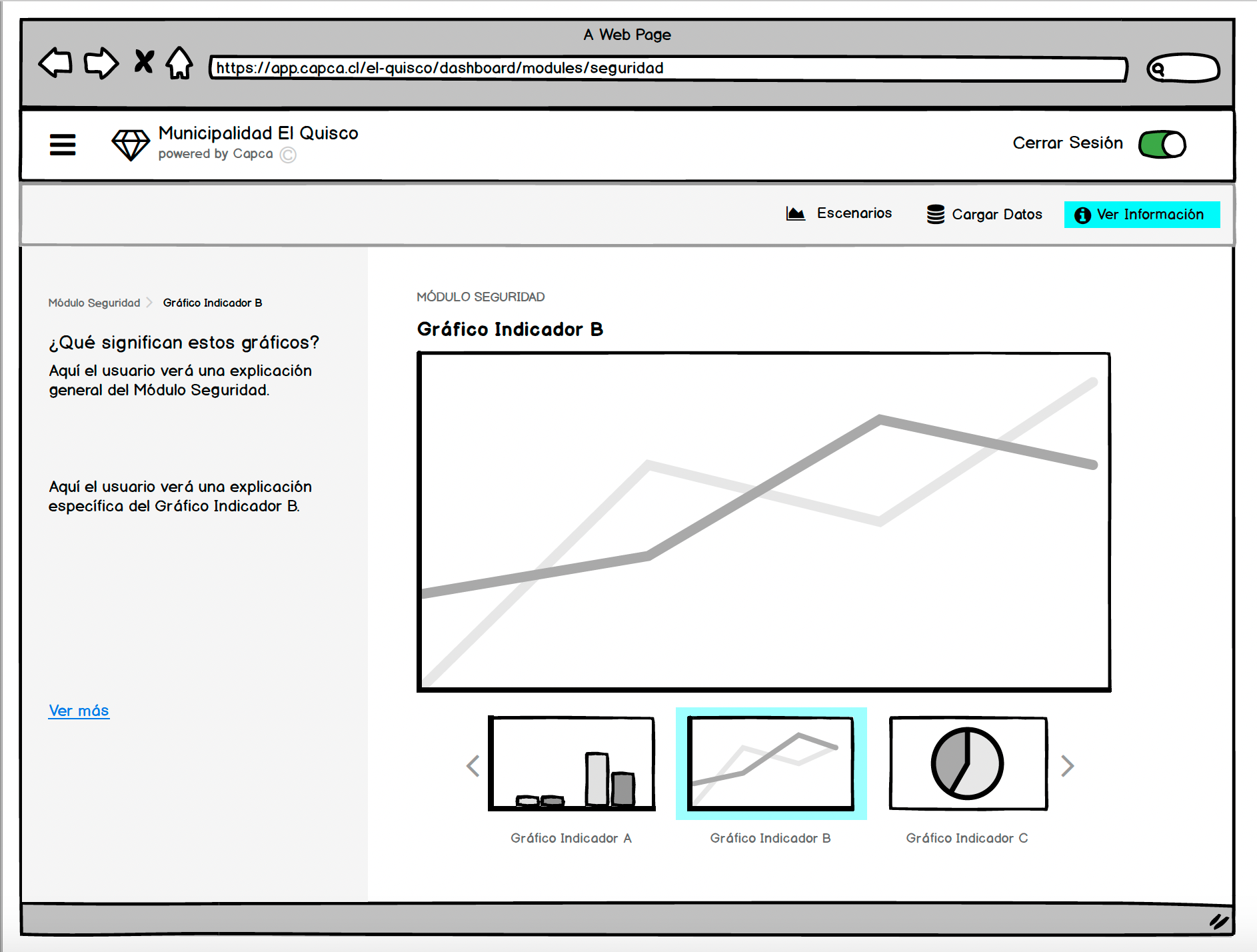
Prototype
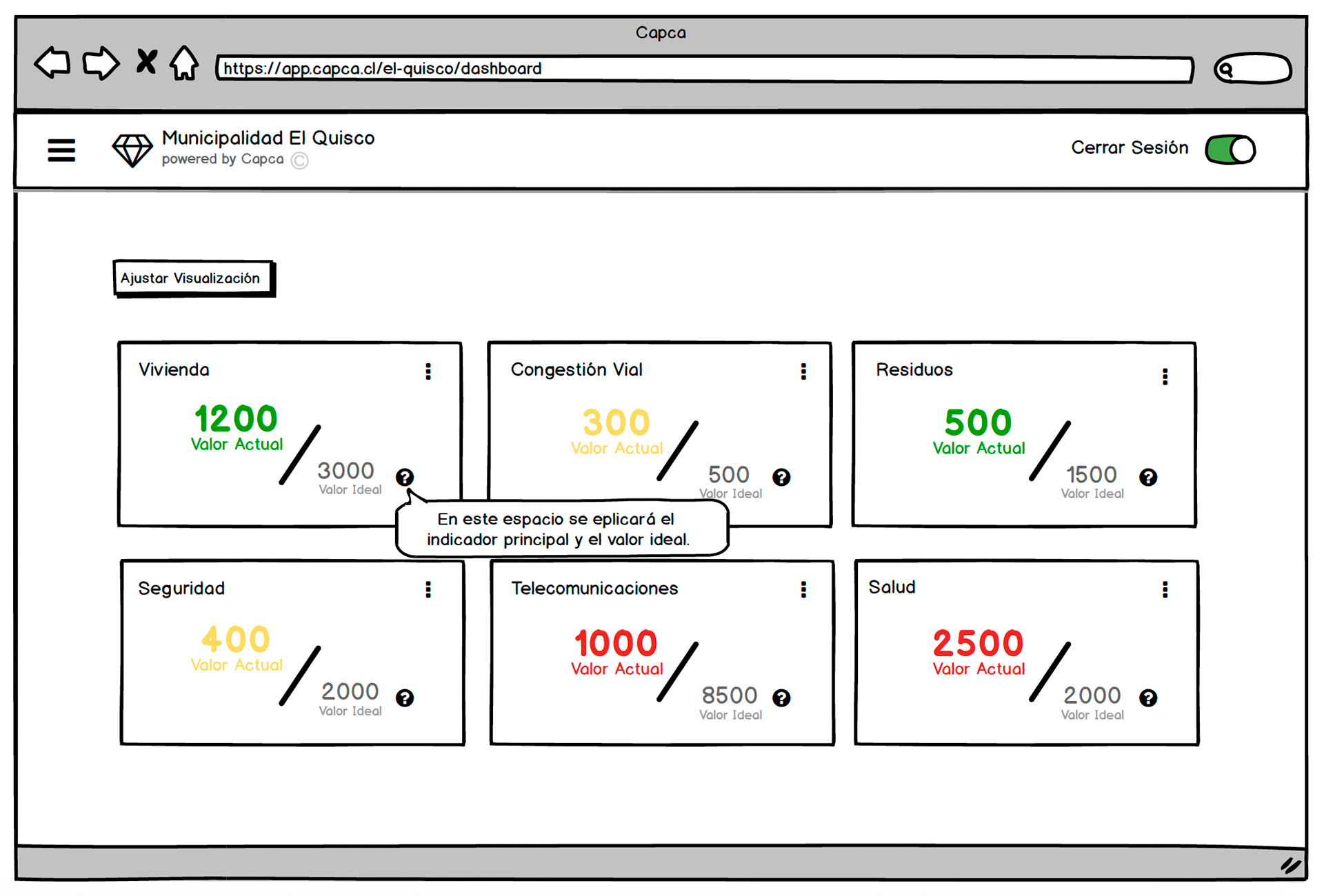
Prototype

Testing session
After this step we started working on rapid development of the software, testing each part by modules with users.
The development team consisted of me (UX designer) a UI Designer & front-end developer and a back-end developer.
Software results are not available for public use, but part of it can be seen in the video above.
Besides product development of the software itself, for my final thesis project I designed the service that would deliver this product to municipalities, advocating for its correct implementation and the effective adoption of this new tool in a context that has a special digital knowledge gap.
This work started with a new series of collaborative workshops that helped understand the service that was needed to escort this software on the best way possible, and the touch-points that needed to be designed to provide this support.
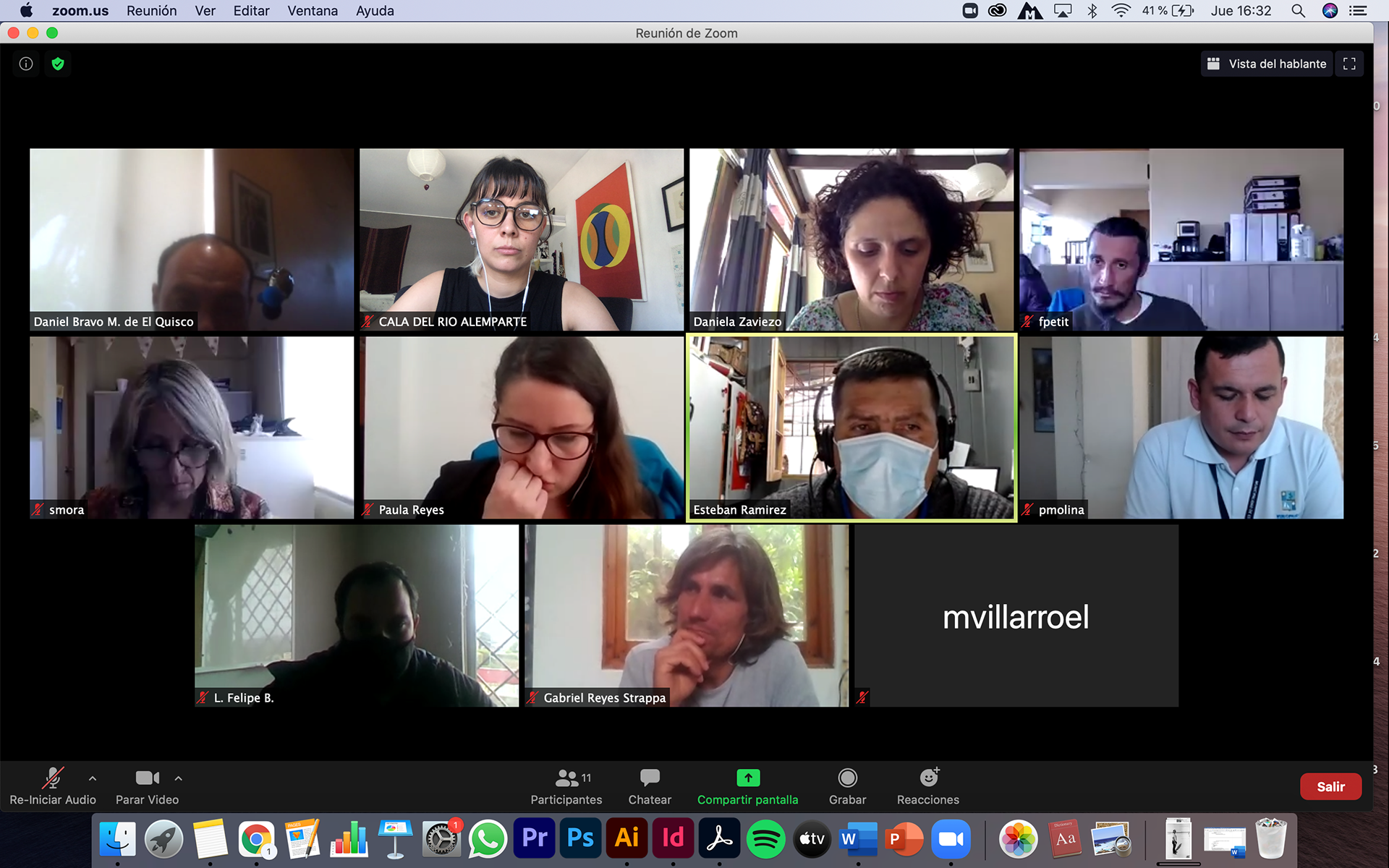
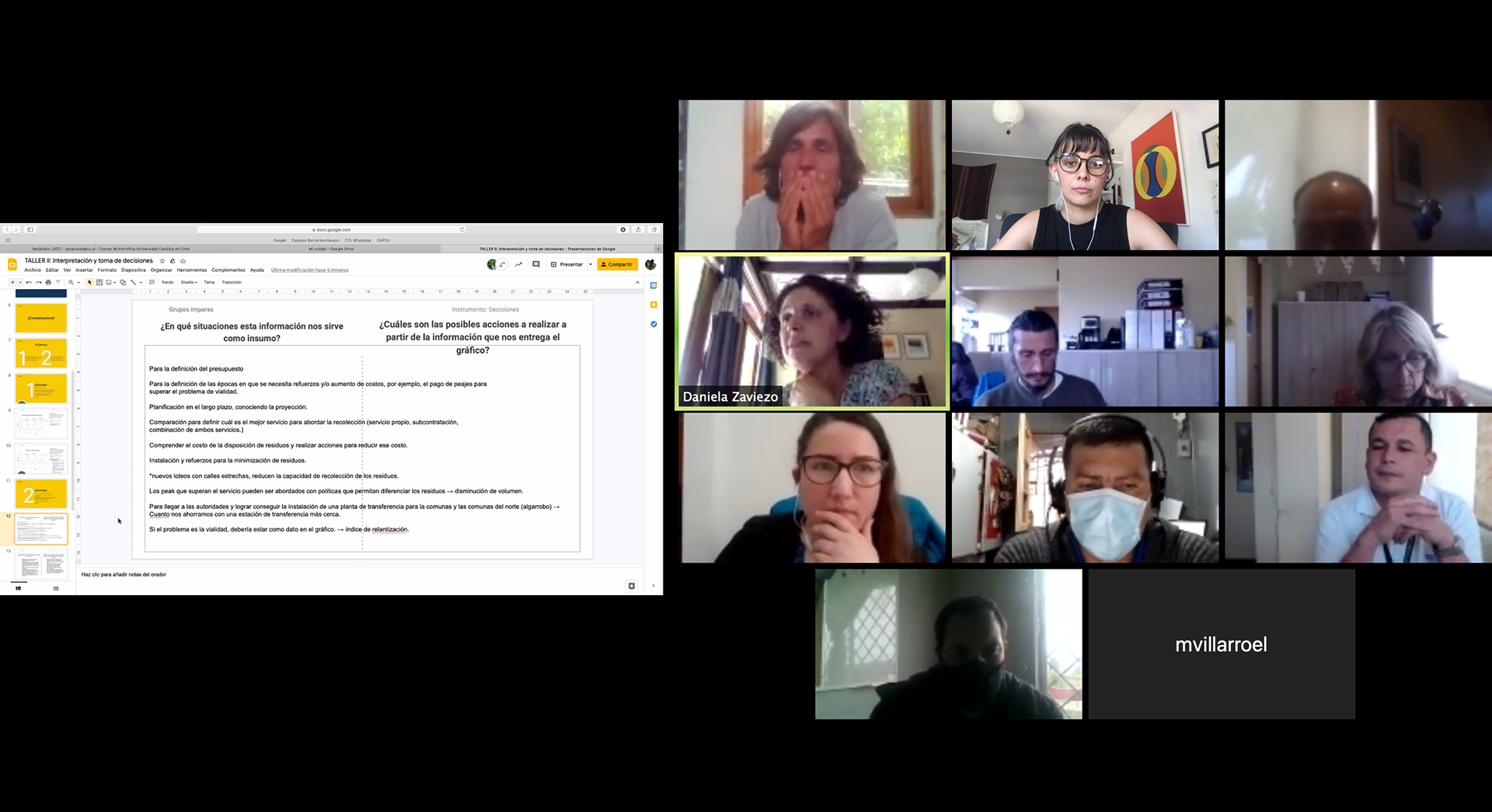
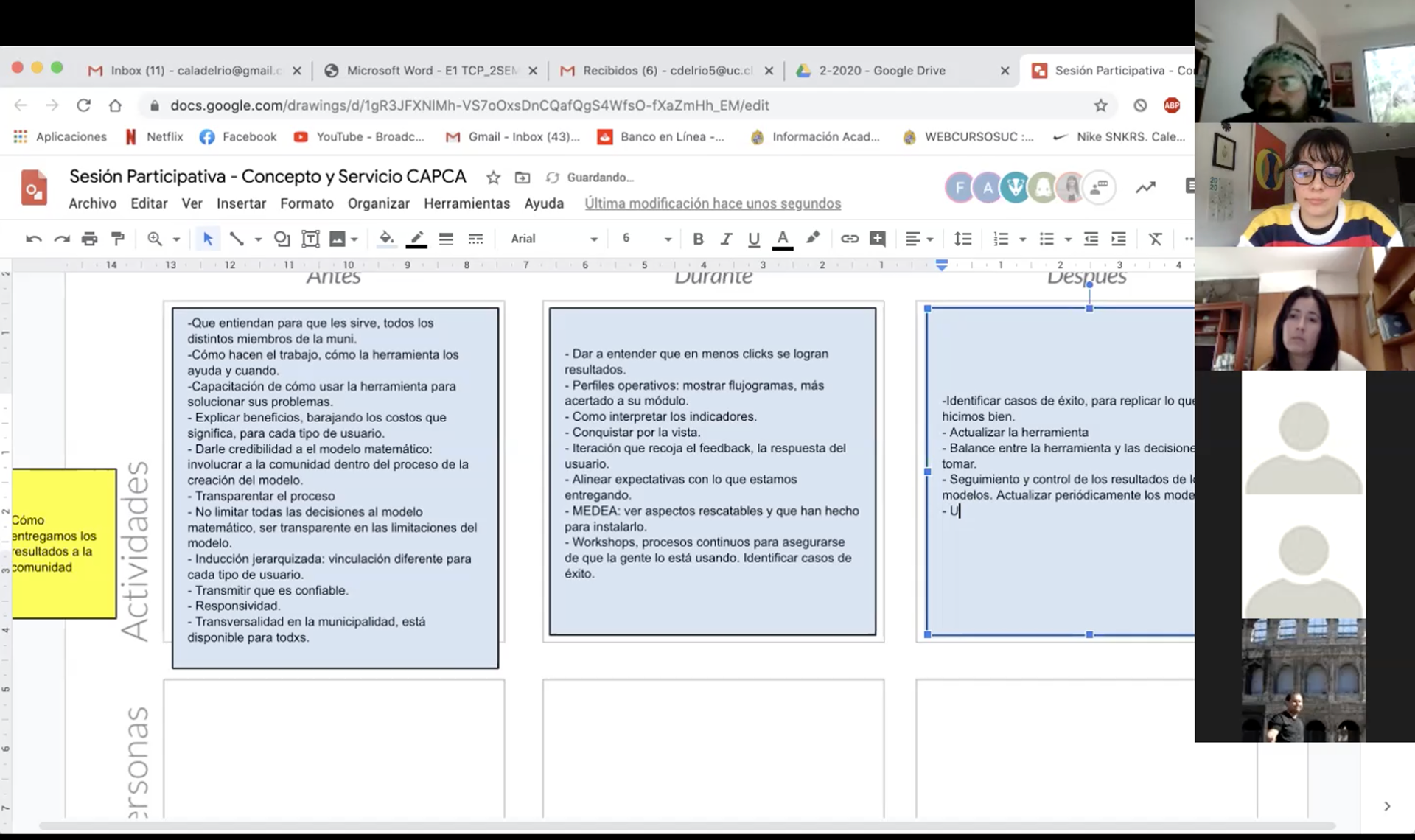

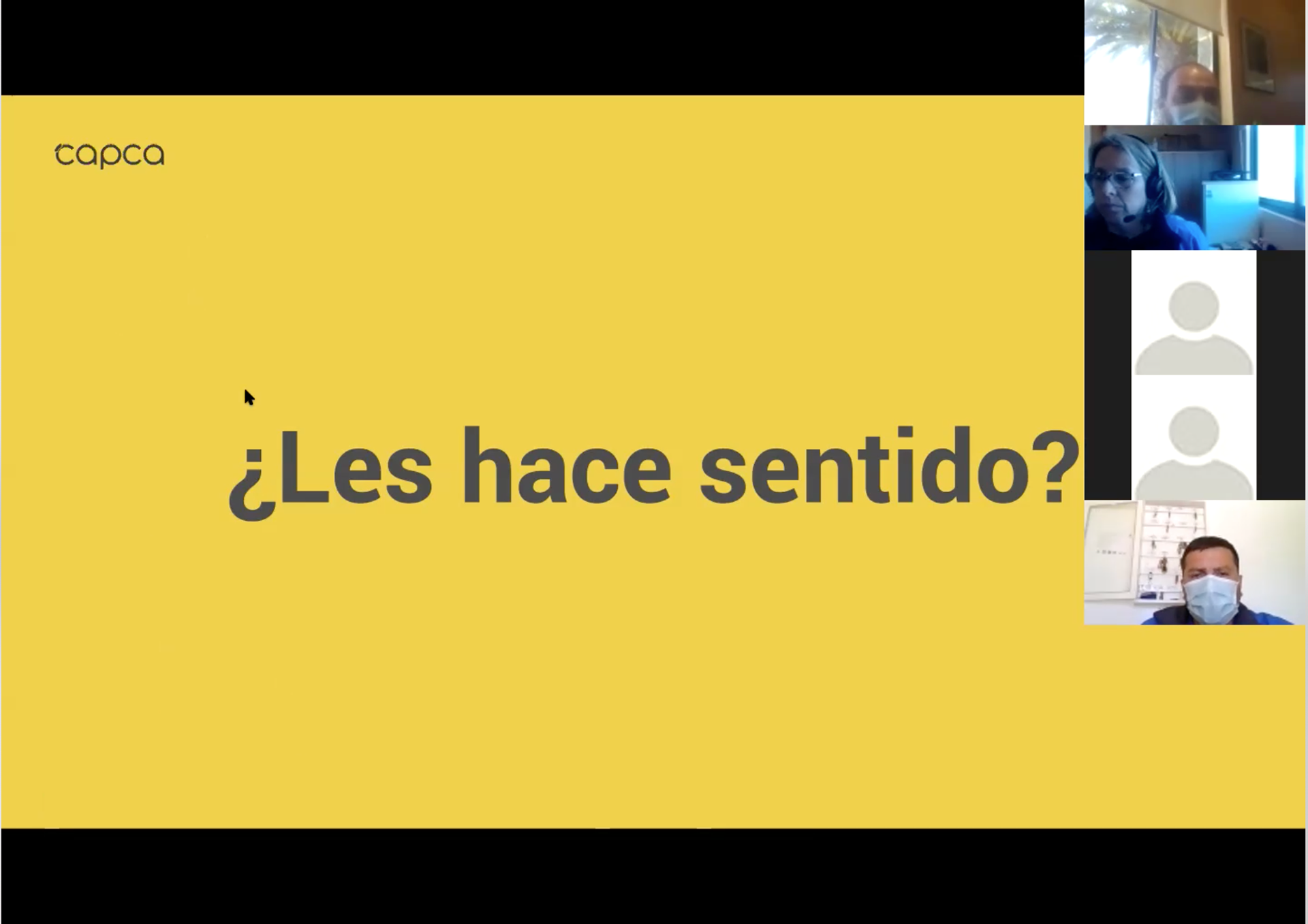
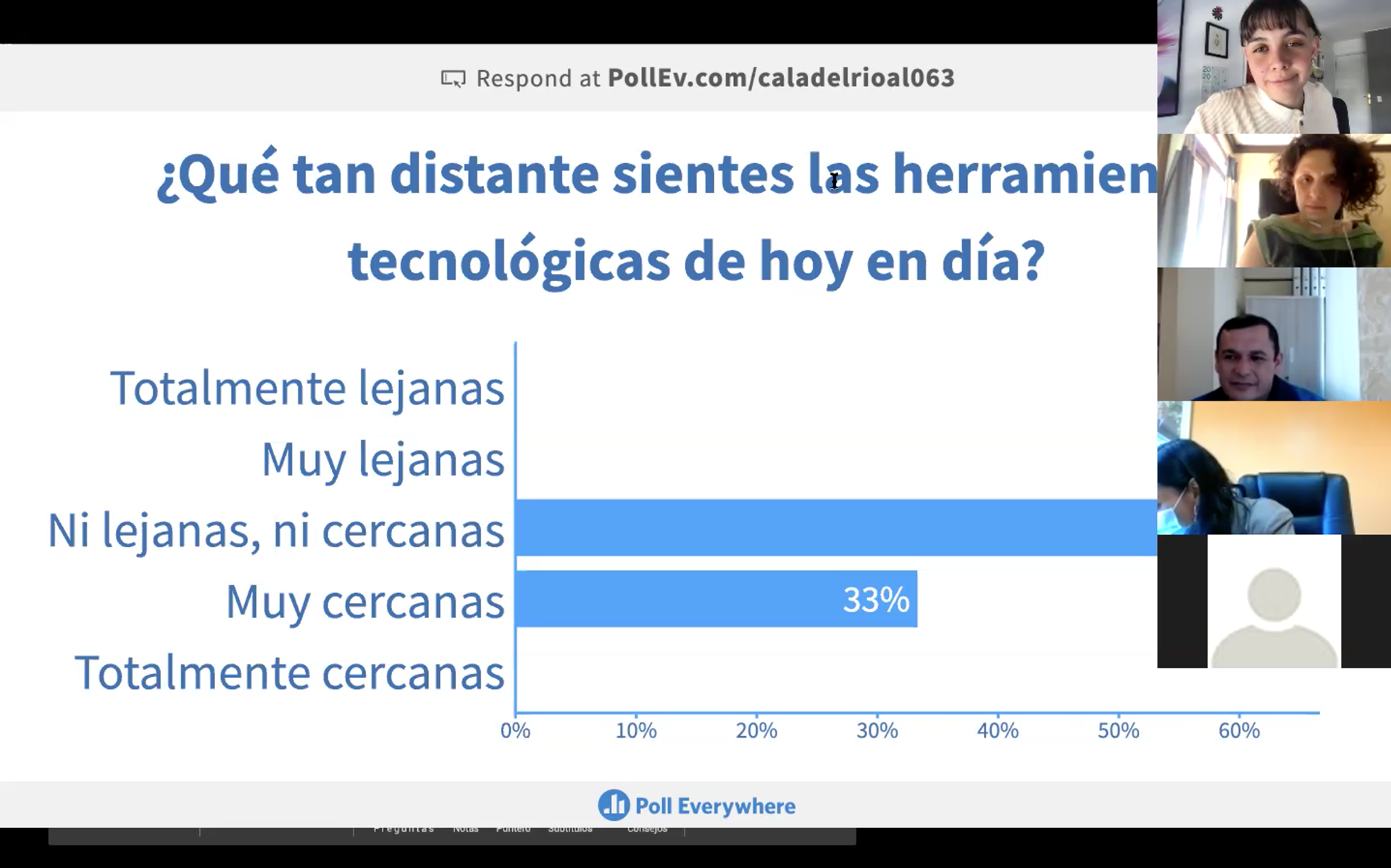
As a result a complex service was designed considering internal and external users interaction for its implementation. The Service Blueprint is presented:
Some of the designed touch-points are presented in the following photos. One of these touch-points, the project´s website, is available for visits.
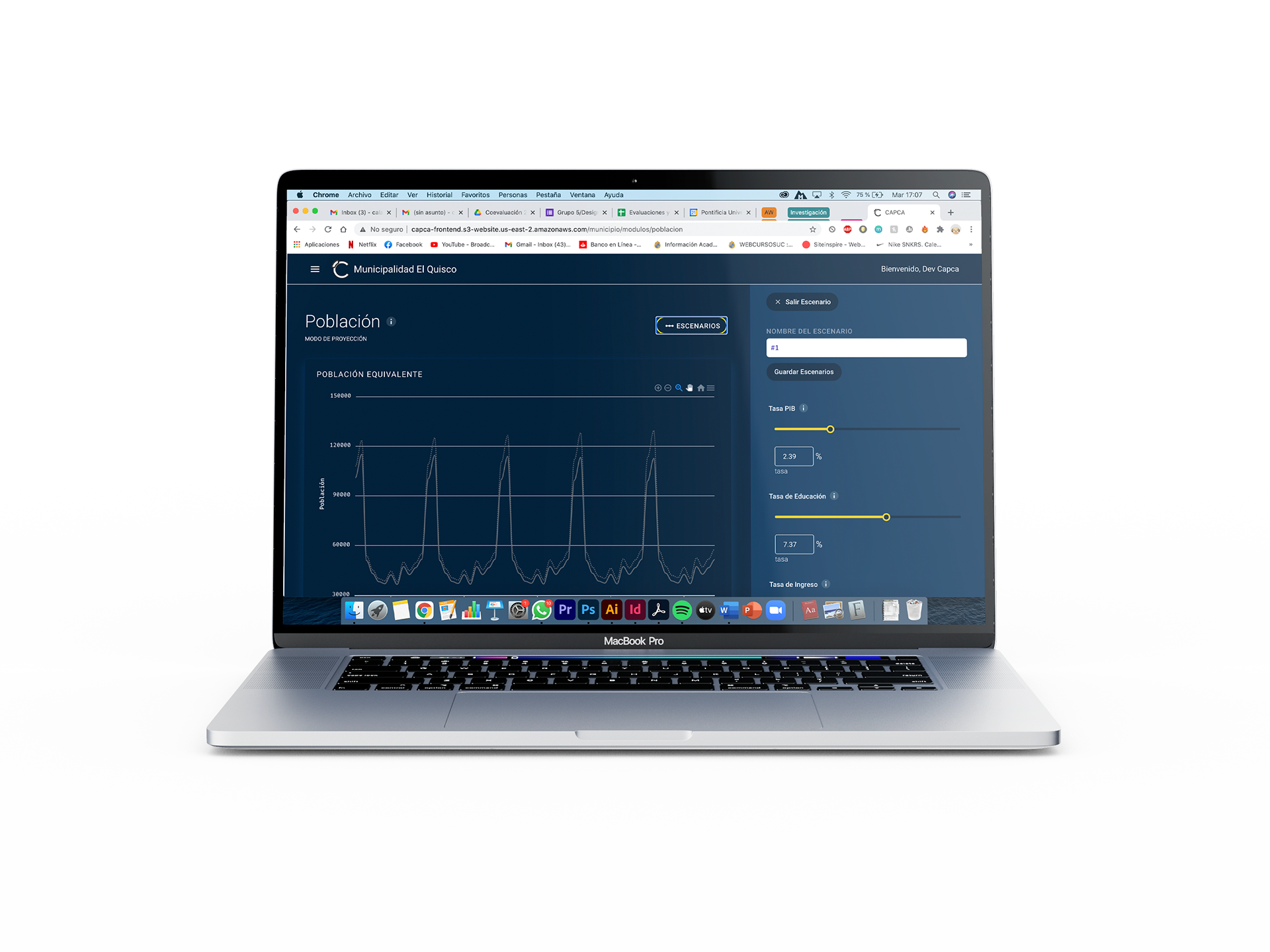
Software mockup
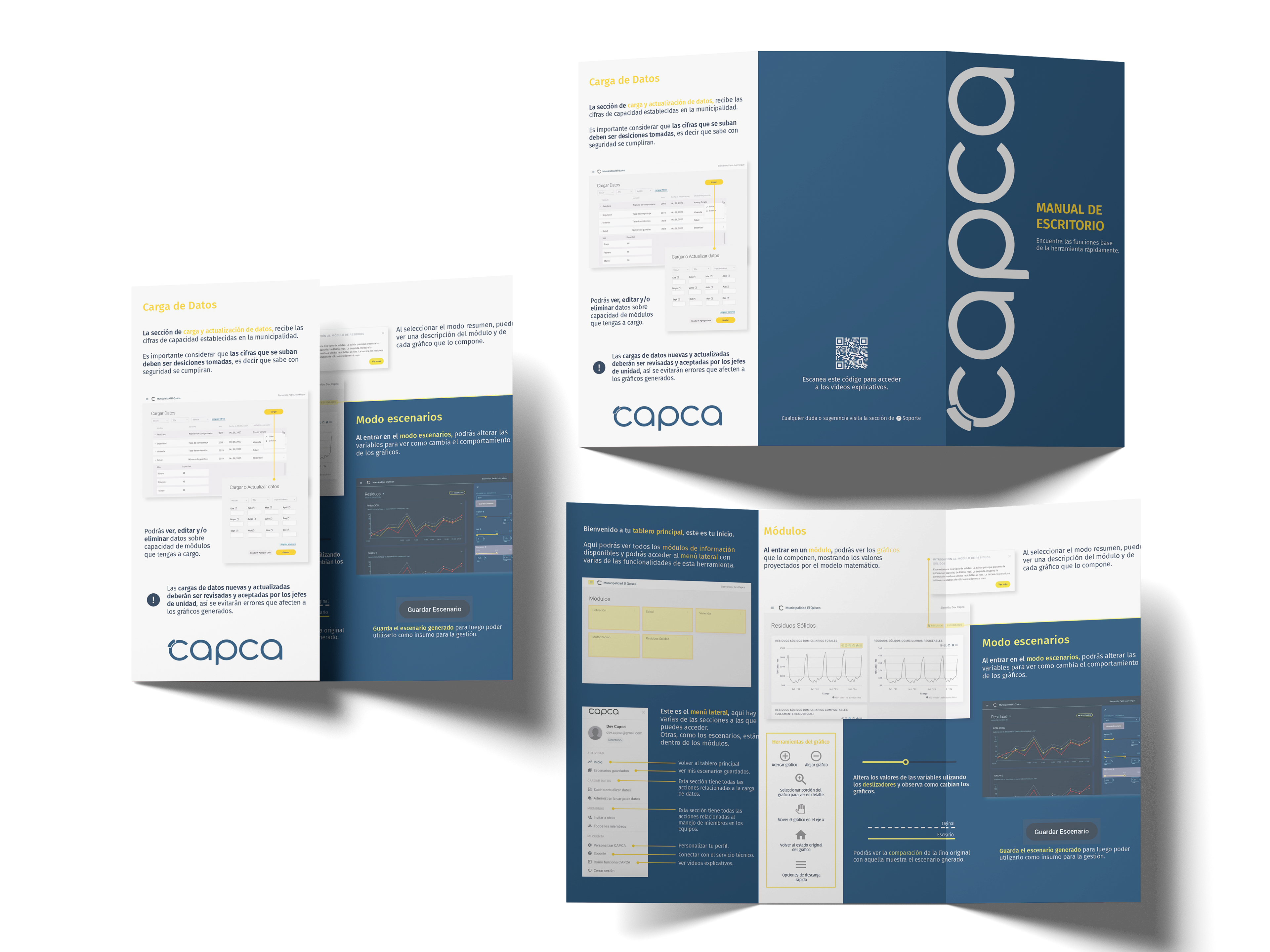
Desktop Manual Mockup
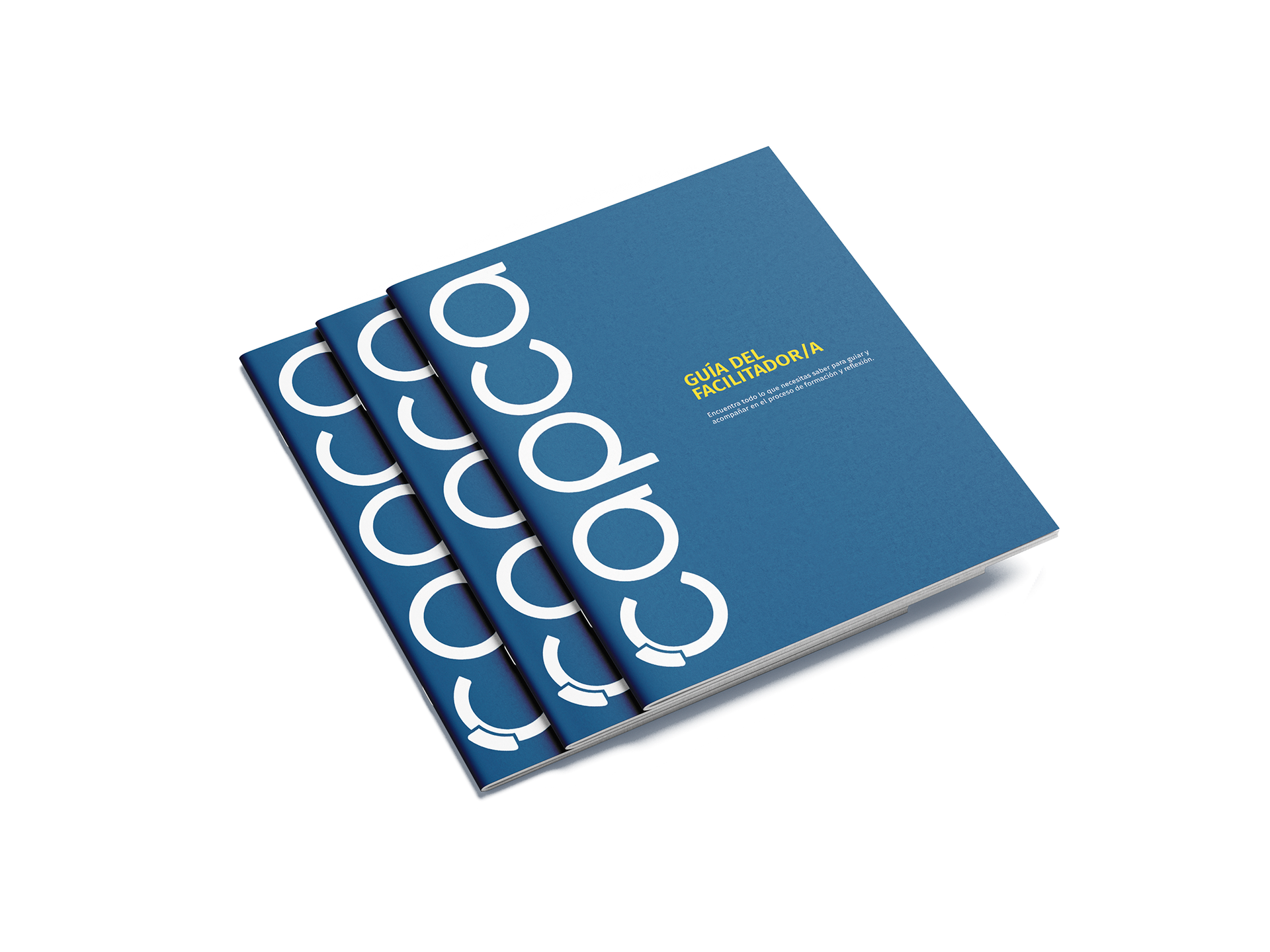
Facilitator guide mockup
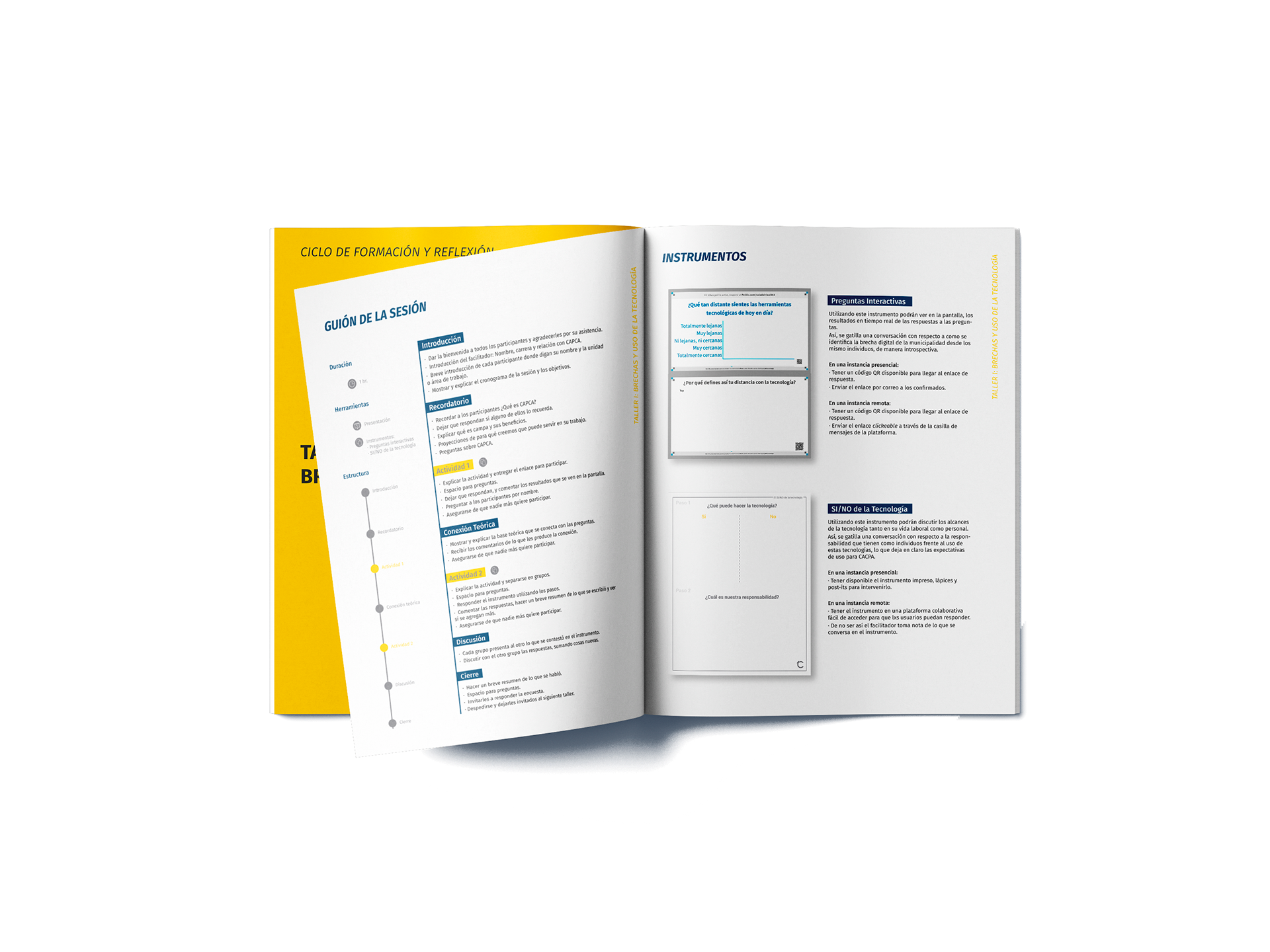
Facilitator guide mockup
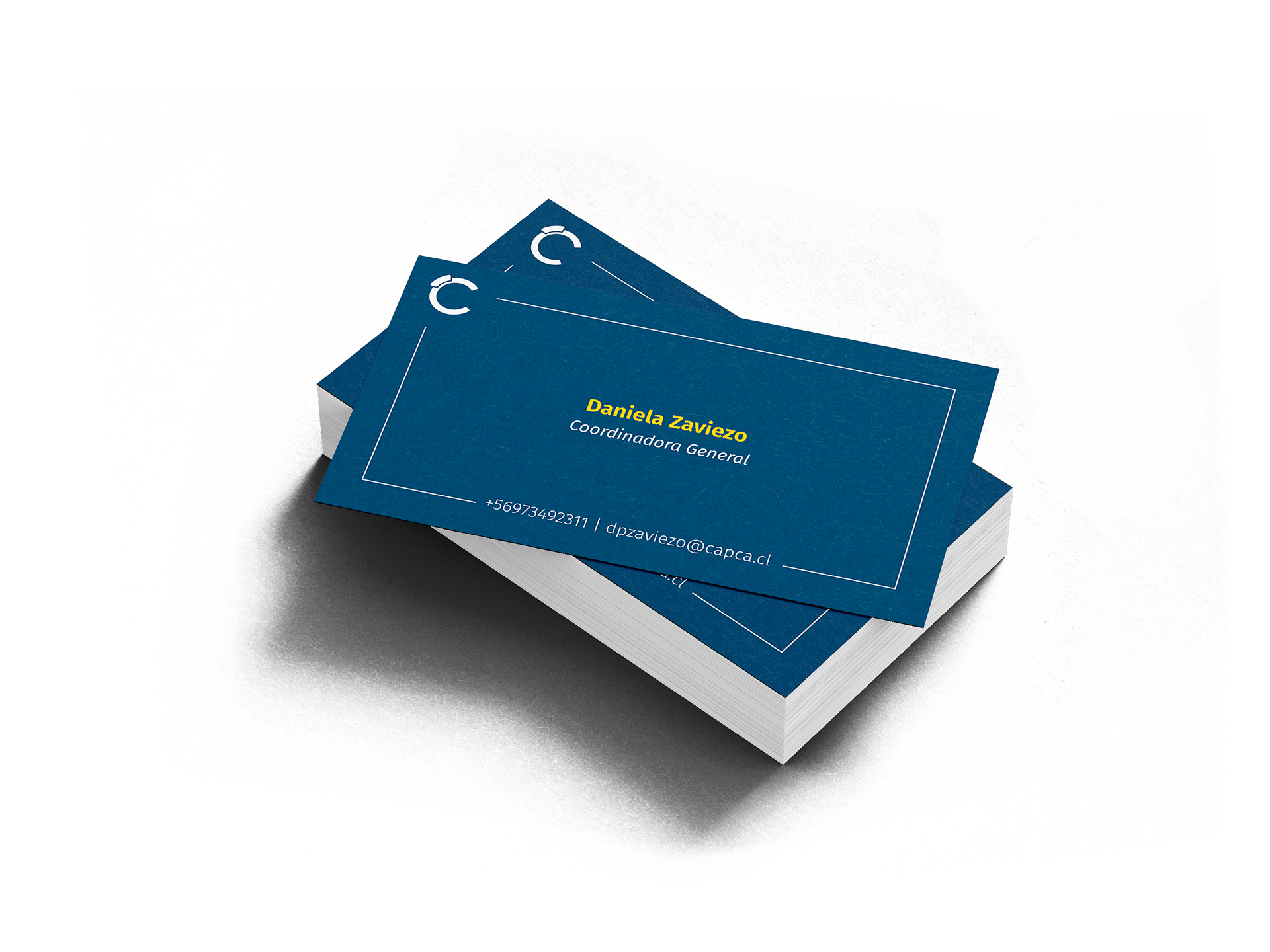
Presentation card

Id Badge
The research team behind this project was of more than 15 people including: Engineers, Designers, Architects, Geographers, Developers and Mathematicians.
My personal role in the general project was to act as a lead researcher and project manager, guiding design proceses and coordinating the developing team.
The creation of the service in the context of my BA final project was done in collaboration with the team, but entirely by me.